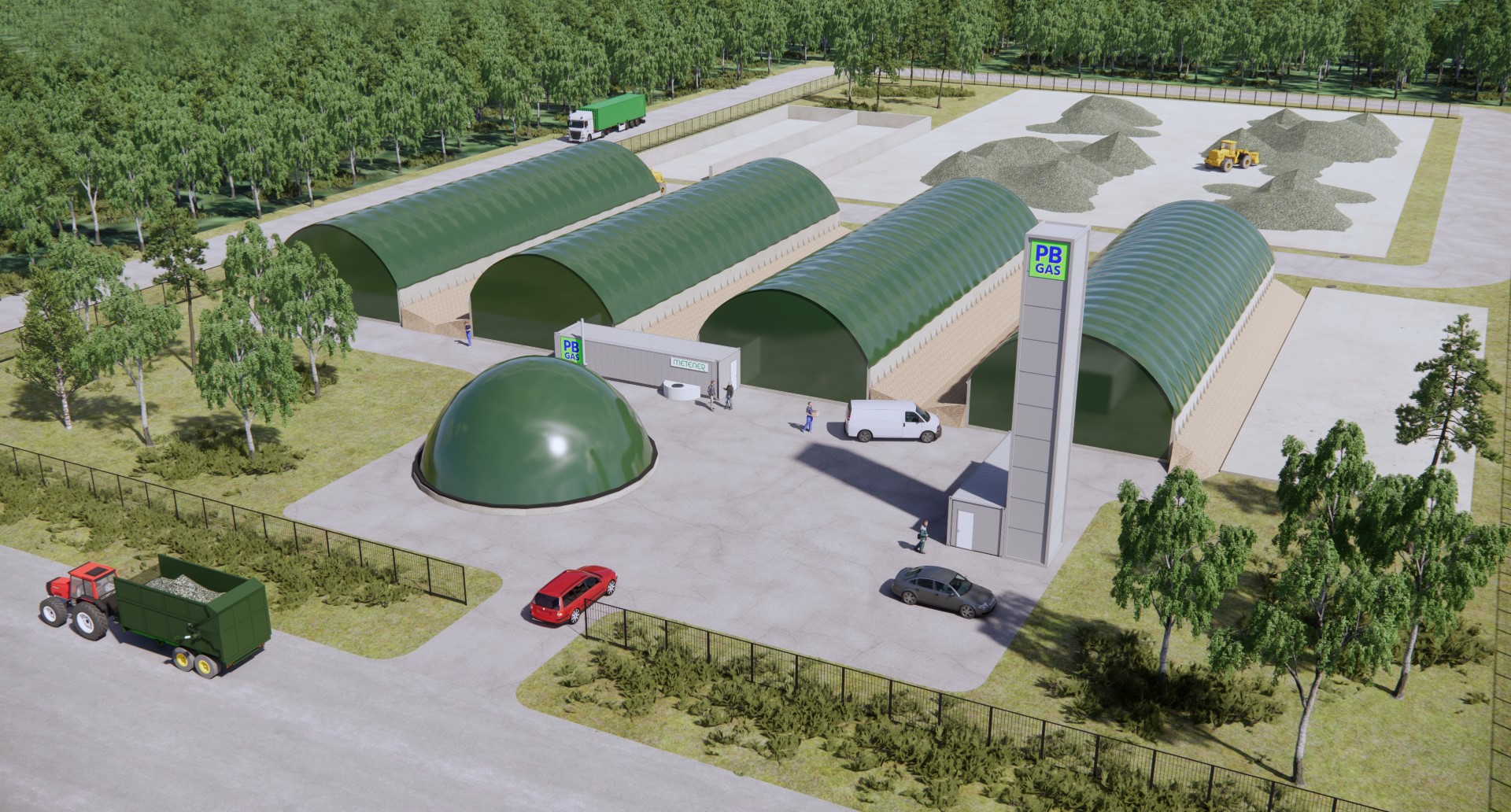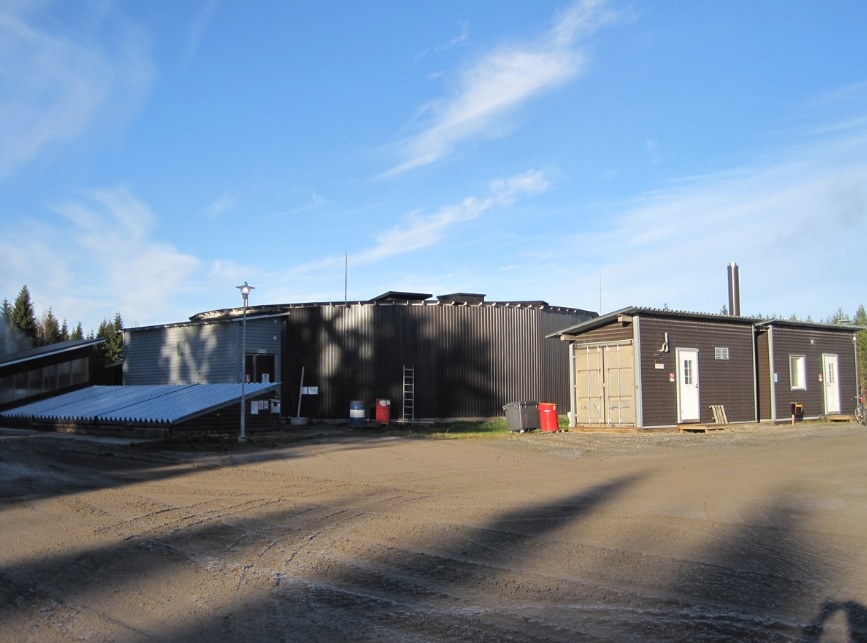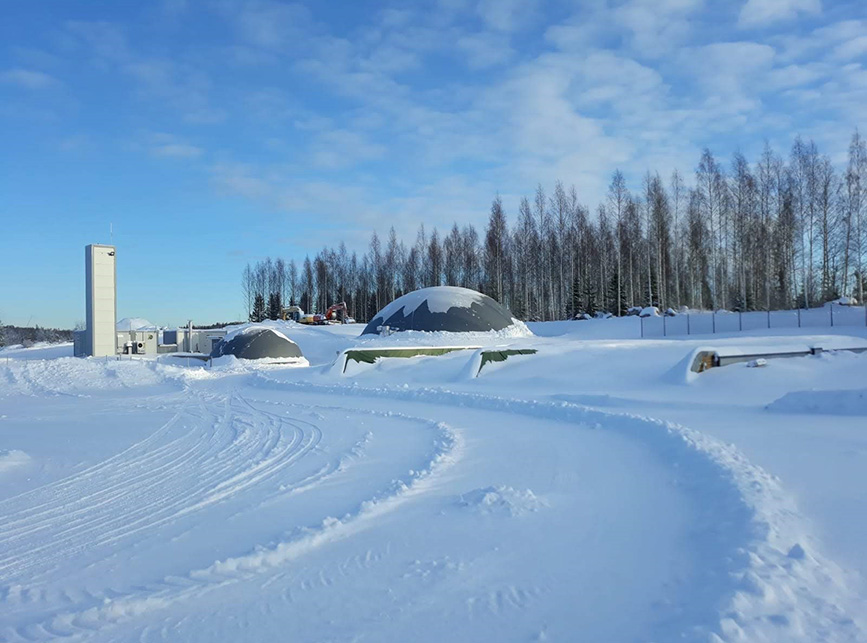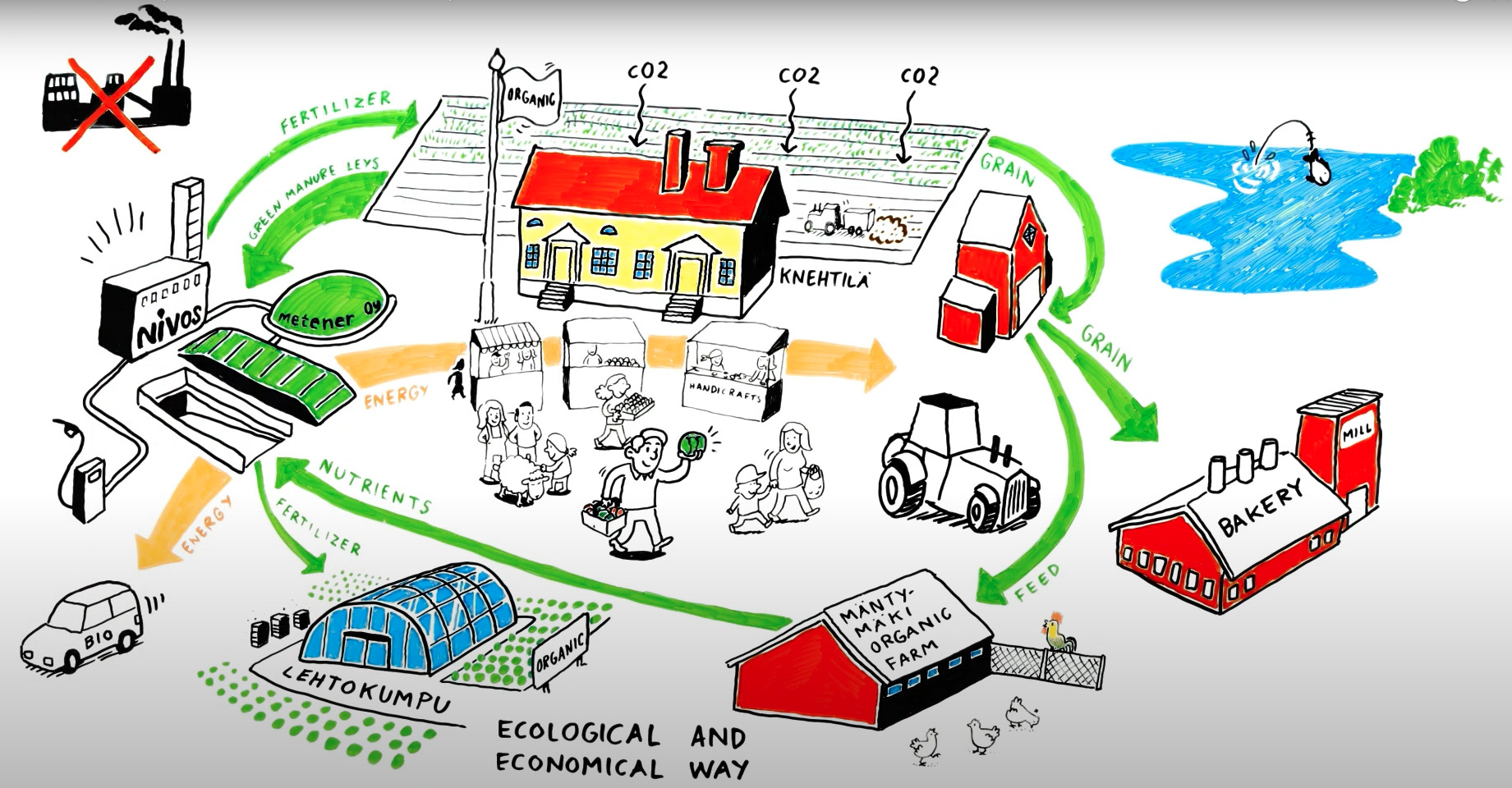Production

Production

Video: Metener’s dry batch reactor – a sustainable method for producing biogas energy

WET vs DRY Production
What is the difference between wet and dry anaerobic digestion?
Wet biomass typically includes organic waste from the farming and food industries. It can include also municipal waste, microalgae, and other content material with higher moisture value that is not frequently recycled. The feedstock is usually pumped, heated, and stirred. Dry Biomass, on the other hand, contains the dry matter typically from fields and dried animal manure (lacks or excluding water) which can be stacked in the dry anaerobic digester and have process liquid percolating through the biomass.
Metener & wet fermentation

Metener has designed and constructed several full scale biogas plants across four continents, based on the traditional wet fermentation process. This process is suitable for high water content biomasses like sludge, biowaste, food industry and municipal waste.
Metener & dry fermentation

Metener has developed and patented batch digestion process for dry, slowly degradable biomasses like straw, grass and wood. Research and development has been done since 2005 in pilot scale and since 2015 in full scale digesters.
Energy production

What is your biogas potential?
Try out our biogas potential calculator for more details.
Disclaimer: The follow figures and calculations are intended to provide an approximate output


